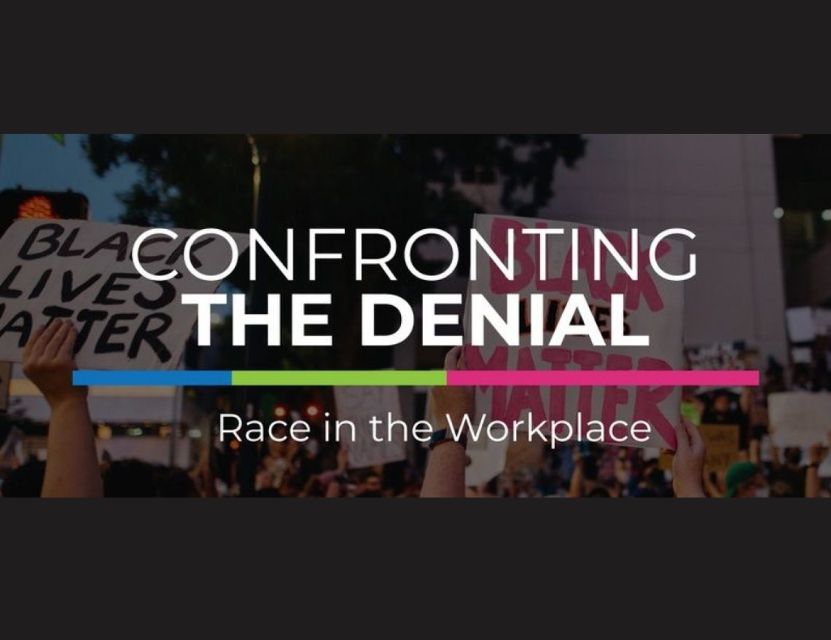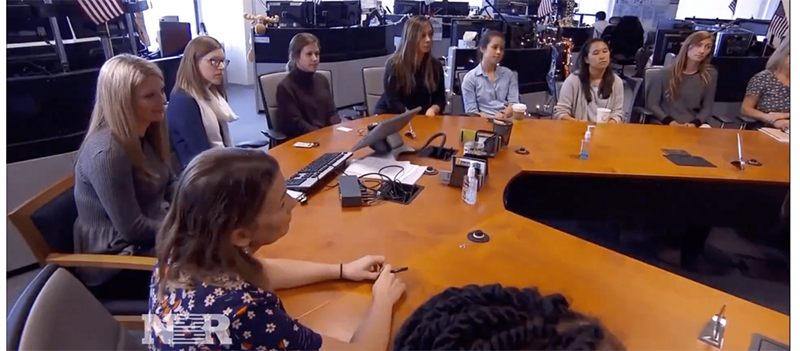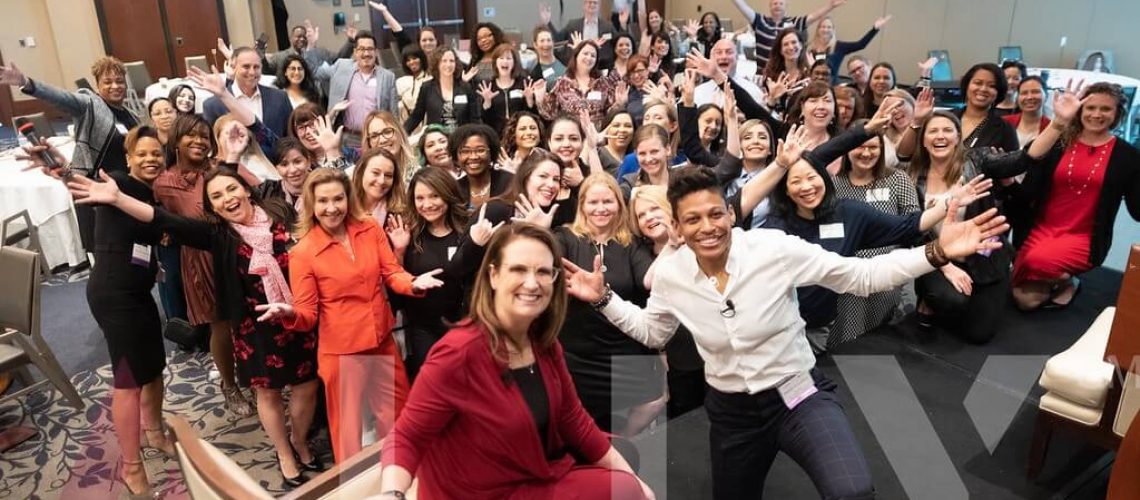Businesses approach me about creating diversity and inclusion programs to discuss gender, race and sexual discrimination in the workplace. But many employers forget about weight discrimination, even though it is just as common. Some call weight discrimination the size ceiling, and it keeps important talent from having a voice in many companies.
As a result of the size ceiling, sometimes people whose bodies are larger do not get hired, do not get promotions, do not feel included, are not listened to, and are more frequently laid off than people with “normal-sized” bodies. Certainly, most of my clients never mean to judge people based on their size. But corporate hiring practices and implicit bias within company culture often result in weight discrimination.
Getting fired for fat in the U.S.A.
In 49 states (all except Michigan), it is legal to fire an employee for being overweight. Federal law explicitly prohibits termination based on race, national origin, age, gender, religion, or disability. However, aspects of a person’s appearance that are not associated with those protected classes are not covered. As a result, discrimination against the nearly 40% of U.S. citizens who are currently classified as overweight largely stays invisible. Overweight people are sometimes passed over for positions, ignored by their coworkers, or outright maligned in conversation or corporate policy.
Examples of workplace weight discrimination
Common ways weight discrimination typically manifests within a company include:
- A pattern of only hiring or promoting individuals that fit into traditional standards of beauty—A 2016 study found that men and women interviewing prospective employees judged overweight women more harshly. Female interviewers also judged overweight men more harshly, whereas male interviewers showed no bias against overweight men. Such studies prove that weight discrimination involves body size stigma and gender prejudices.
- Assuming an employee’s or prospective employee’s level of ability based on the way they look—If a job requires heavy lifting or a great deal of movement, employers should be concerned about whether or not the people they hire can meet the physical demands of the job. But this does not justify weight discrimination, because you cannot guess a person’s abilities based on their size.
- Posters, emails, or other materials that glorify “traditional” standards of beauty—Consider the images circulating around the office and also the images used to market your business. For example, do all the models look the same? Do those models represent all your employees—in race, gender, and size? Or could they be promoting weight discrimination?
- Pervasive water cooler talk that focuses on appearance rather than ability—These conversations sometimes extend into hiring and promotion meetings and can result in harmful weight discrimination. Be aware when a discussion moves away from the qualities a person brings to the firm. Try to redirect the conversation back to that person’s contributions rather than their appearance.
Weight discrimination and company activities
Many companies plan fun or healthy activities for employees. But these can have unintended consequences for employees of different sizes. Some potential problems to look out for include:
- Weight loss programs posing as “health and wellness” programs—Corporate wellness programs that emphasize body size and weight instead of overall health do a disservice to all employees, because weight is only a small part of a person’s overall physical wellbeing. Pressuring employees to lose weight can also be a form of weight discrimination.
- Employee activities that focus on appearance—Some companies plan “fun” activities like fashion shows, childhood photo guessing games, or weight-loss competitions. But it's important to consider how uncomfortable these activities might be for some employees. Firstly, avoid making such activities mandatory. Secondly, consider whether having these activities at all promotes an inclusive environment or if they promote weight discrimination.
- Physical competitions or activities—Recognize that not all of your employees are the same size or feel comfortable putting their bodies on display. Corporate “Olympics” should include several activities that are not physical in nature so that everyone can participate, including overweight individuals, those with health issues and differently-abled employees.
Justifying the size
Employers sometimes justify weight discrimination against overweight individuals because of the potential for increased medical claims and absenteeism for people with higher body mass indices (BMI). Data does back up this concern, but according to a 2017 Gallup poll, the majority of Americans do not believe overweight individuals should have to pay higher insurance premiums.
Overall, people do not think companies should be allowed to discriminate about who gets hired for benefits-eligible positions based on the size of their bodies. So a hiring manager should never assume an individual is incapable of work performance, projects, or activities just by looking at them. For such positions, all candidates should be required to demonstrate that they can, for instance, lift a box, climb a ladder, or perform an intensive cardio activity. In other words, give candidates the opportunity to show what they can do rather than assuming it based on superficial characteristics.
We all carry around unique aspects of our appearance, but not all of us feel the sting of prejudice based on the notion that we should simply better control our eating or our size. Body size is not that simple, and it is not an acceptable criterion on which to base work-related judgments—ever.
Inclusion for employees of all sizes
If you feel like your company needs a workshop, consultation or lunch and learn to discuss weight discrimination, it’s important to reach out to trained professionals and schedule a meeting. To enhance diversity and inclusivity at your company, think beyond race and gender to include all kinds of shapes and sizes. And if you’re not sure where to start, contact me for workshops and trainings that address weight discrimination in addition to other ways you can knock down barriers to employee belonging and inclusion.




